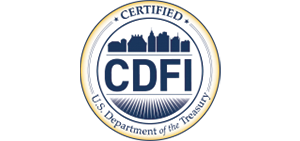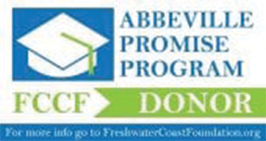Checks may feel old-fashioned, but they’re still a vital part of financial transactions. Whether you’re receiving a refund, paying a contractor, or gifting money, checks are incredibly useful—if handled correctly. One key detail that’s often overlooked? Proper endorsements.
Here’s why this seemingly small step matters and how it ties into preventing fraud.
What Is a Check Endorsement?
An endorsement is the signature you write on the back of a check before cashing or depositing it. Think of it as a handshake between you, the check, and your financial institution—a way to confirm that the money is being handled by the right person.
An endorsement is the signature you write on the back of a check before cashing or depositing it. Think of it as a handshake between you, the check, and your financial institution—a way to confirm that the money is being handled by the right person.
There are a few common types of endorsements:
- Standard Endorsement: Just your signature. It’s simple but risky—anyone can claim and cash the check if it’s lost or stolen.
- Restrictive Endorsement: Adds instructions like “For deposit only to account #123456.” This is safer because it limits what can be done with the check.
- Endorsement in Full: Transfers the check to another person or entity, written out as “[Your signature] Pay to the order of [Name, followed by their signature].”
Why Does It Matter?
Without the right endorsement, your check—and your money—could fall into the wrong hands. Fraudsters are always looking for opportunities, and an improperly endorsed or unendorsed check is an easy target.
How Check Fraud Happens
Check fraud can occur in various ways:
- Alteration: Someone changes the check’s details, like the amount or payee.
- Forgery: A fraudster forges your signature.
- Deposit Scams: Scammers trick you into depositing fraudulent checks in exchange for a portion of the funds, leaving you responsible for the total amount when the check bounces.
How to Stay Safe
- Wait to endorse until depositing/cashing. If you endorse and lose the check before heading to the bank or mobile-depositing it, someone else can claim it.
- Use restrictive endorsements. Writing “For deposit only” minimizes risks, especially in the event of theft or loss.
- Stay vigilant with mobile deposits. Once deposited, mark the check as processed and store it securely until it clears.
- Monitor account activity. Regularly review your transactions to catch any issues as early as possible.
The Bottom Line
Proper check handling isn’t just about avoiding inconvenience—it’s about protecting your finances. A few extra seconds spent endorsing your checks carefully can save you a world of headaches later.
Proper check handling isn’t just about avoiding inconvenience—it’s about protecting your finances. A few extra seconds spent endorsing your checks carefully can save you a world of headaches later.









